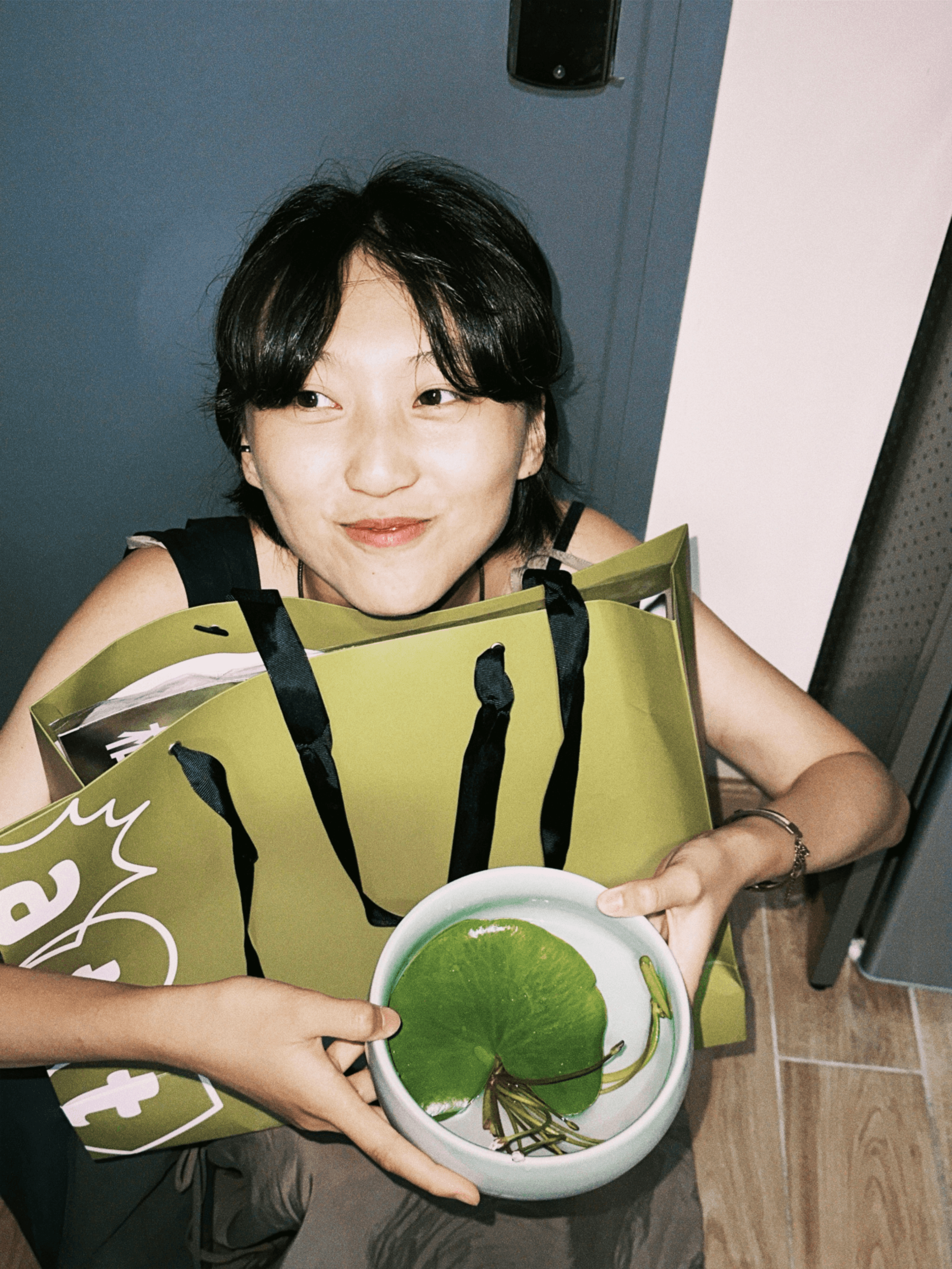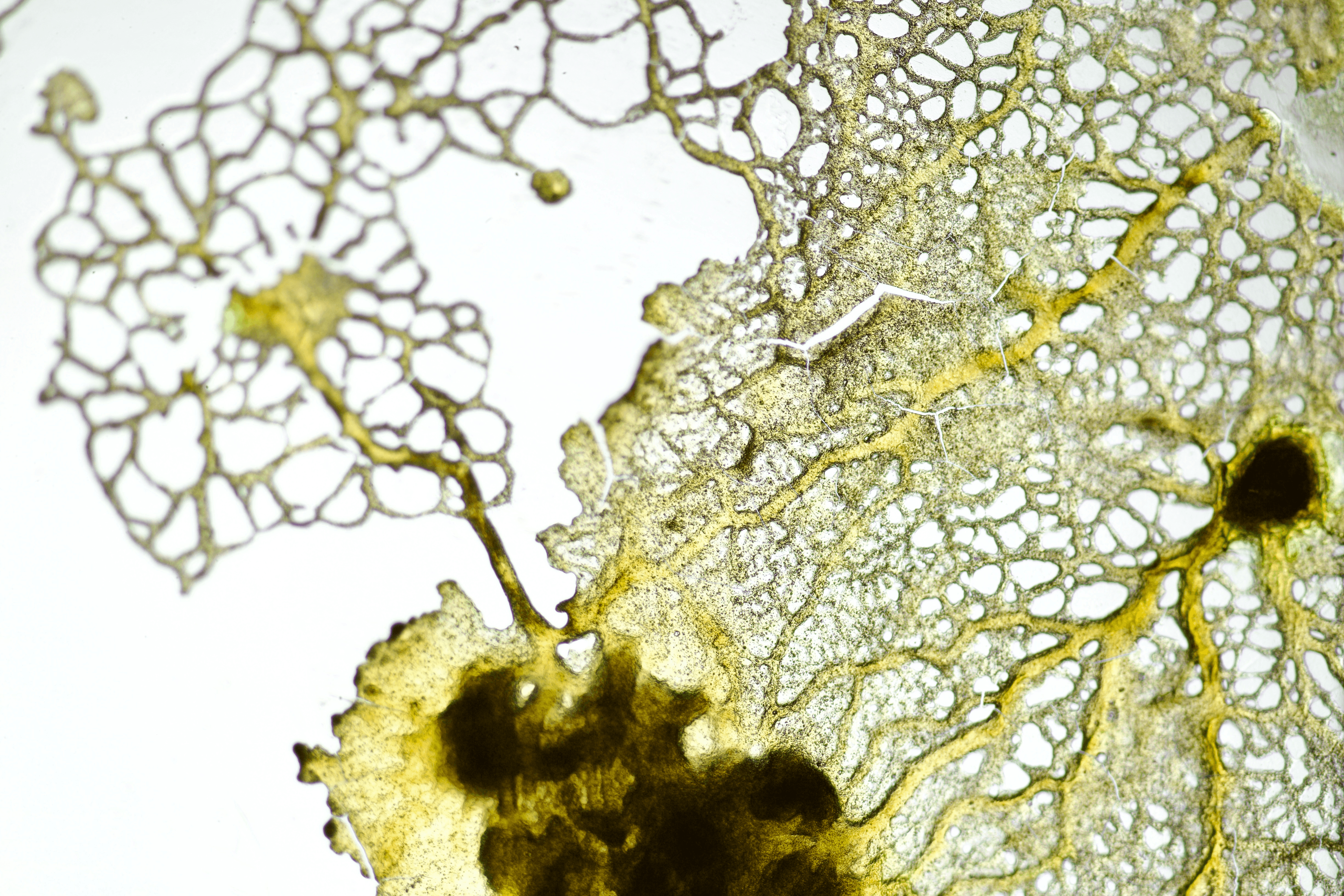Meet Anli Ding | artist
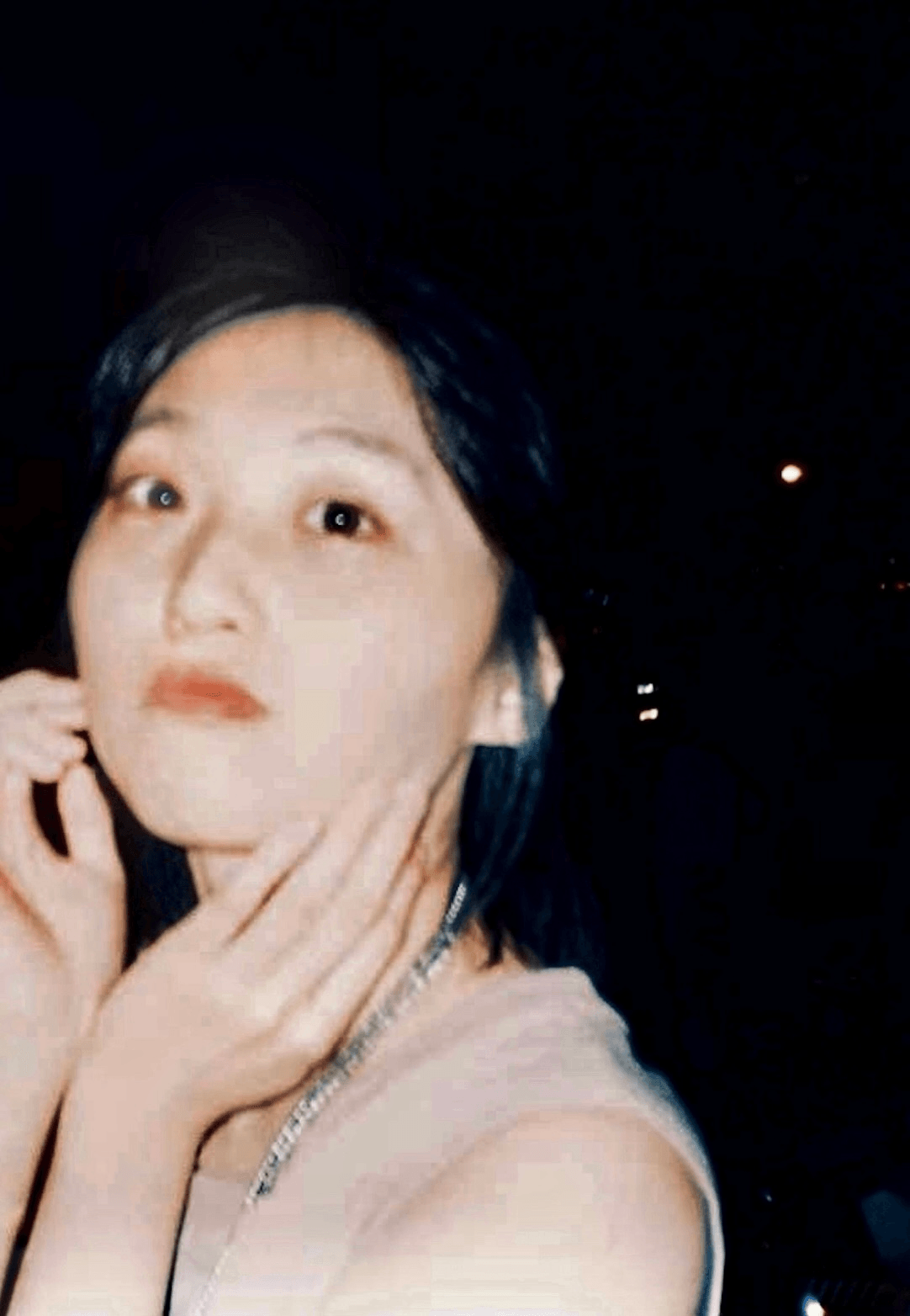

We had the good fortune of connecting with Anli Ding and we’ve shared our conversation below.
Hi Anli, why did you decide to pursue a creative path?
Born and raised in an ancient land with a distinctive dialect and Buddhist-Taoist customs in southeastern China, I have grown up in awe of natural and supernatural forces, just like everyone else around me. As I left my hometown and moved into modern cities, I become aware of a series of problems arising from the alienation of the individual by industrialization and the omnipresent penetration of the capitalist system into our lives, which are forcing us to collectively seek solutions to survive in the so-called Anthropocene. Recognizing that we have never been more dependent on each other, yet at the same time are in danger of being ignorant of things beyond human beings and of the principles by which everything works, I feel the urge to learn more about non-human intelligences, to see things from a non-anthropocentric perspective, and to acknowledge the significance of interspecies cooperation in the post-human era, which has already revealed itself by indicating possibilities of a new order (or disorder) of resistance that has been noticed in the social movements taking place all around the recent world. By committing myself to the study of creatures distinct from me, I’m also able to be temporarily free from the world full of metaphors and interpretations, from the phantoms projected by human narcissism and blind arrogance, which makes me progressively turn to the field of bio-art.
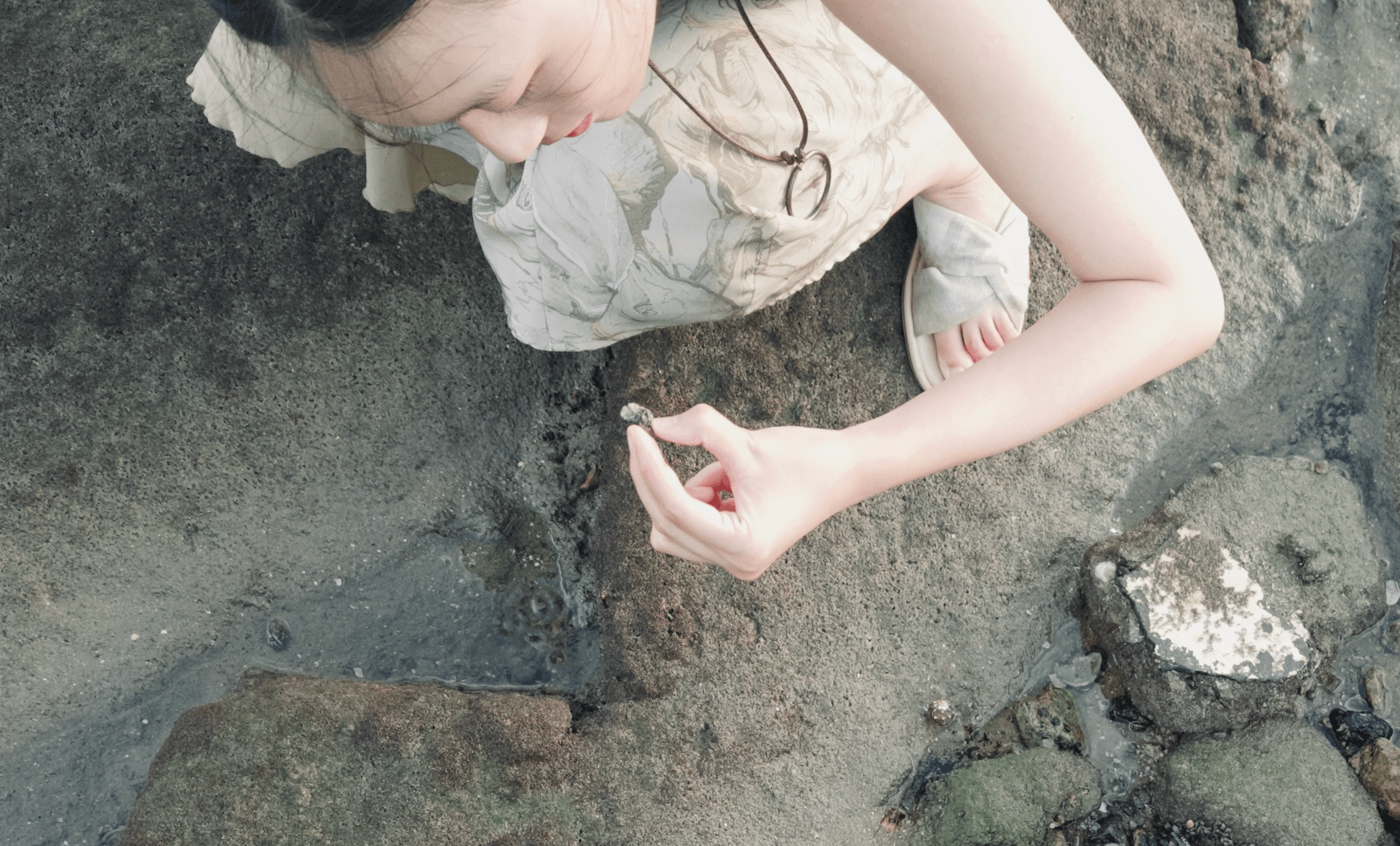
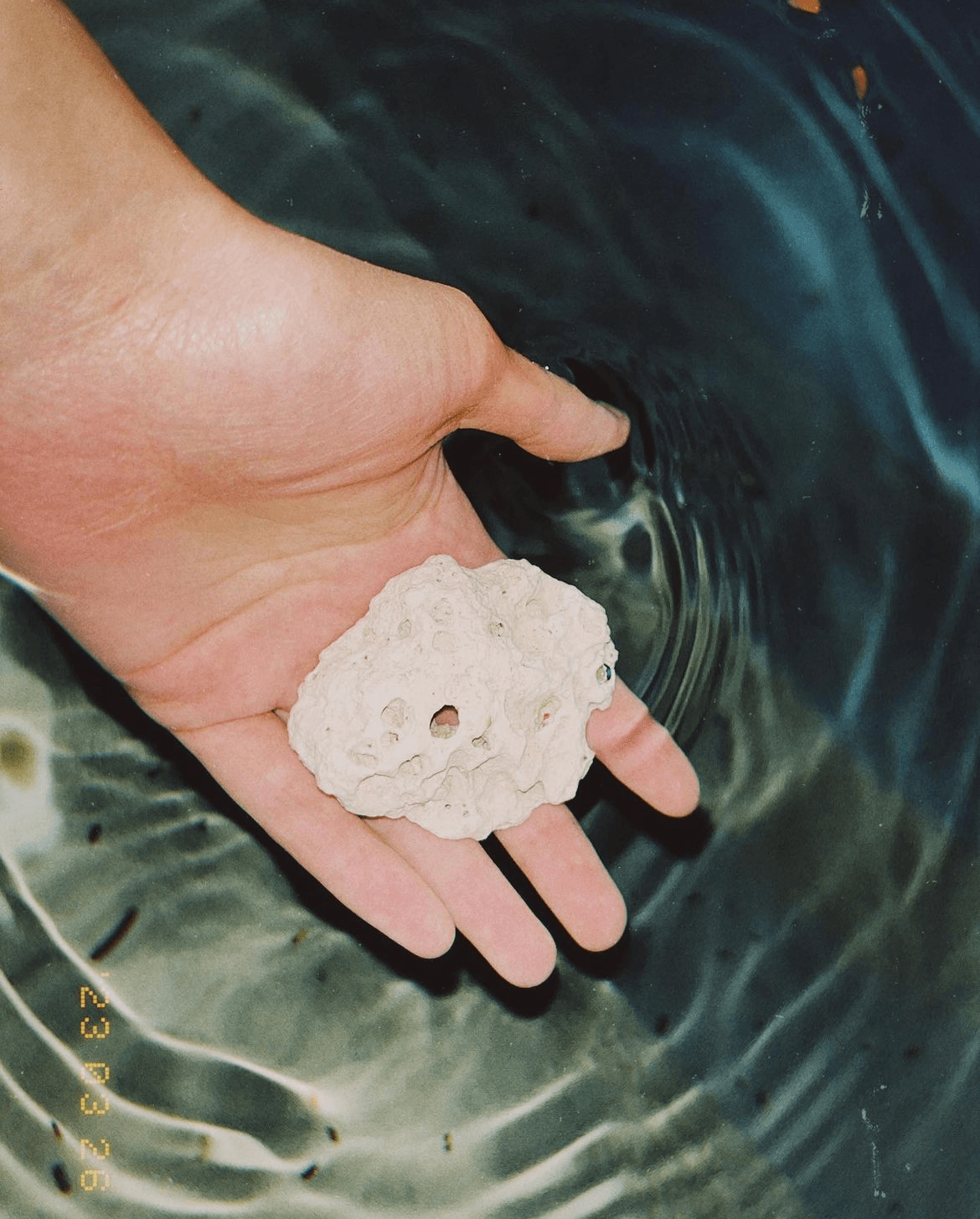
Can you open up a bit about your work and career? We’re big fans and we’d love for our community to learn more about your work.
My work focuses on exploring transient phenomena in fluid, electricity and fire, in cryptogams and microorganisms, as well as the intertransformation between different states of matter in physical and metaphysical ways. I usually experiment with analog techniques and organic materials on films (super 8mm, 16mm and 35mm) or other media, to create meditative experiences of perception in optic, sonic and haptic spaces, while looking into temporal and spatial properties inherent in things. In terms of my working method, I investigate radical and alternative processes of developing images concerning the ecological environment. Rather than artificial control, design and construction, it interests me more to set an initial condition and observe how the subject generates, evolves and organizes itself, and how new things emerge from chaos in this process. For me, artwork is evaluated by its ability to create an effect that relies mostly on intuition and instinct rather than logos and intellect, that transcends linear cultural and historical accumulation, and whether the dimension and scope of the effect is limited to a particular class, society, civilization, or even species.
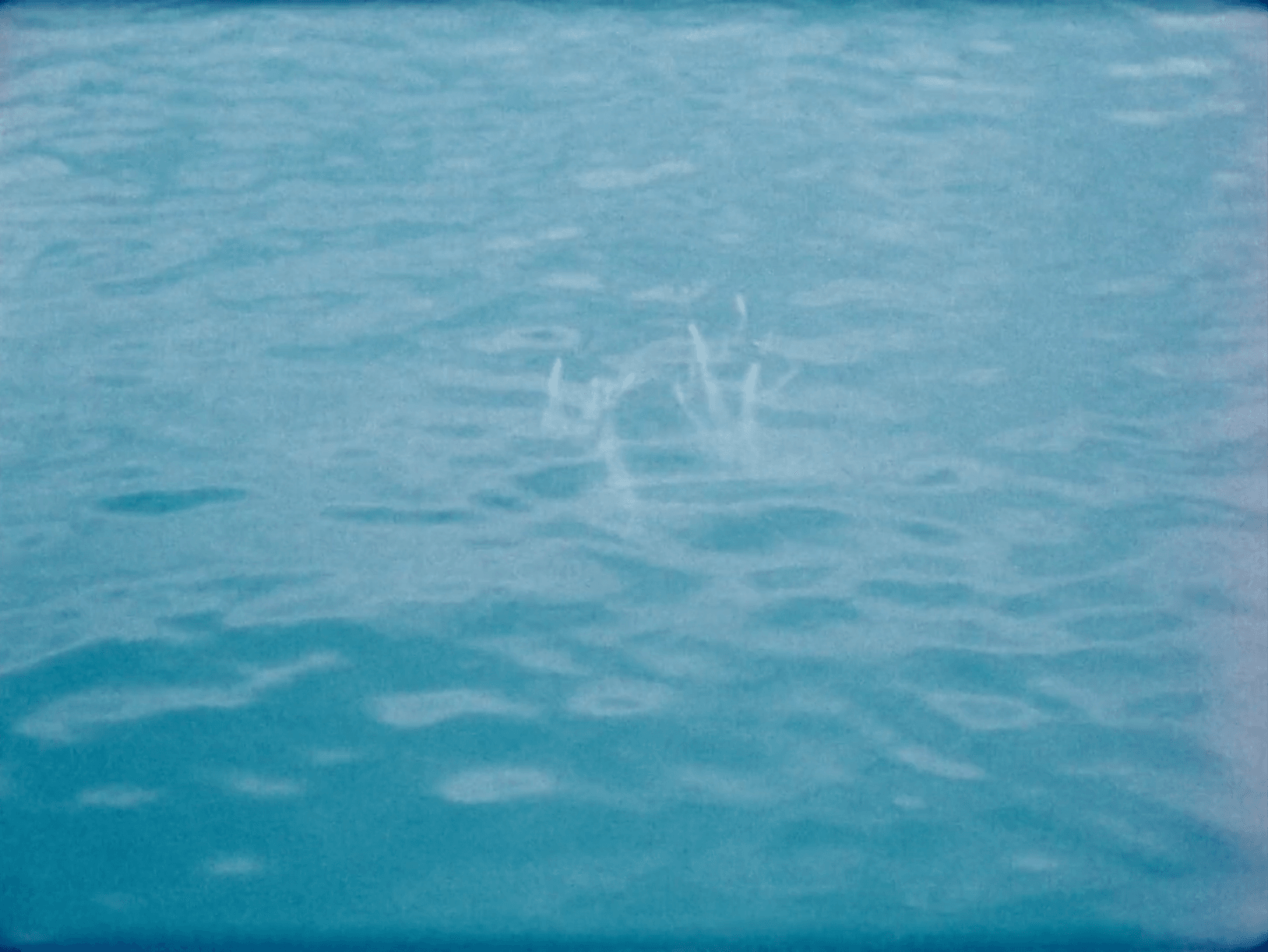
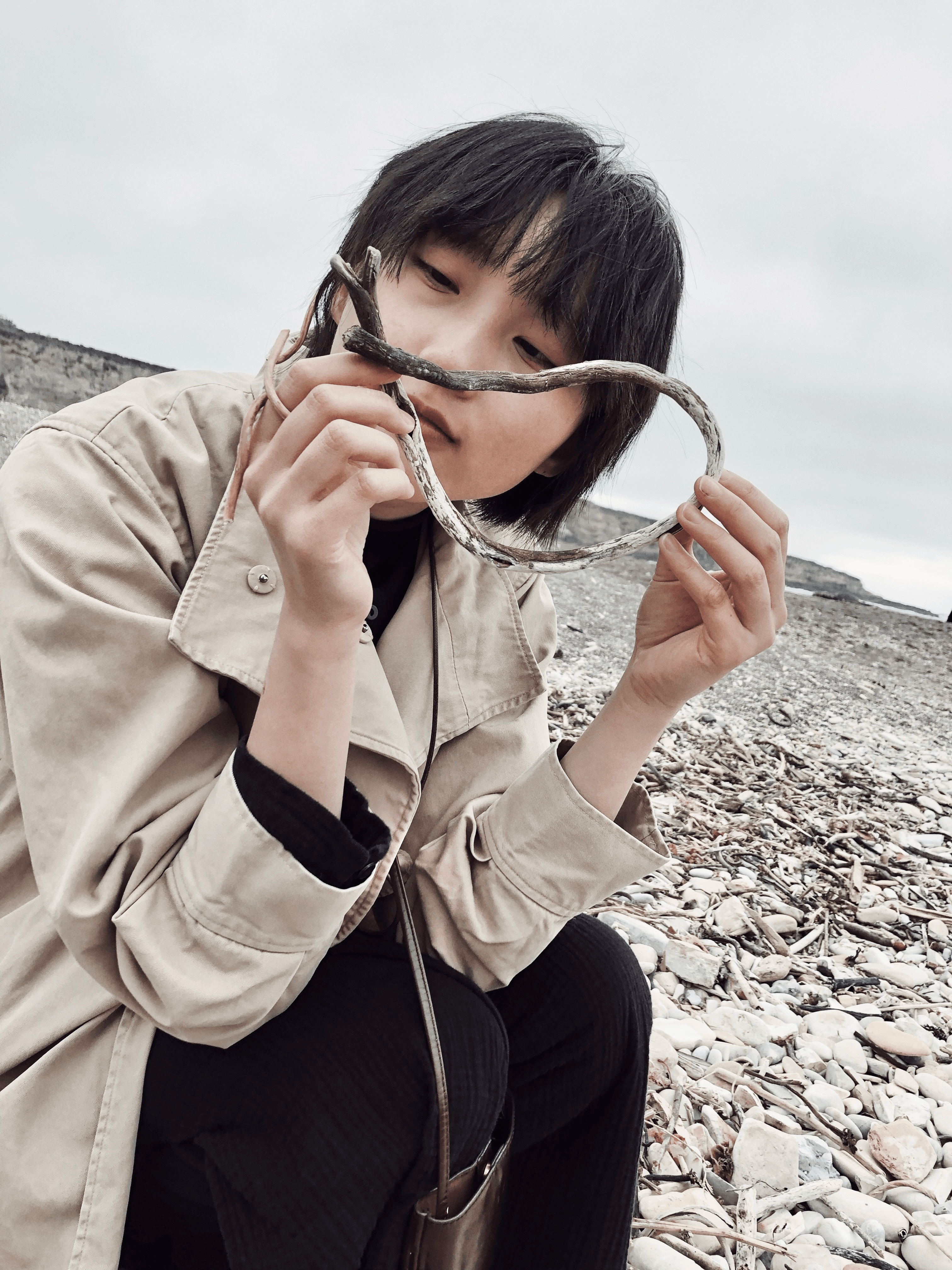
Any places to eat or things to do that you can share with our readers? If they have a friend visiting town, what are some spots they could take them to?
If my friend was visiting LA, I would definitely take them to Pasadena. If you like to collect all kinds of weird second-handed things, Pasadena Antique Center and Annex, one of the largest antique stores here. On the first Sunday of every month, PCC Flea Market is also something that you can’t miss, which I have visited many times. As an art student, for me Norton Simon Museum, as well as The Huntington Library, Art Museum, and Botanical Gardens are the most beautiful art spaces here to check out as well.
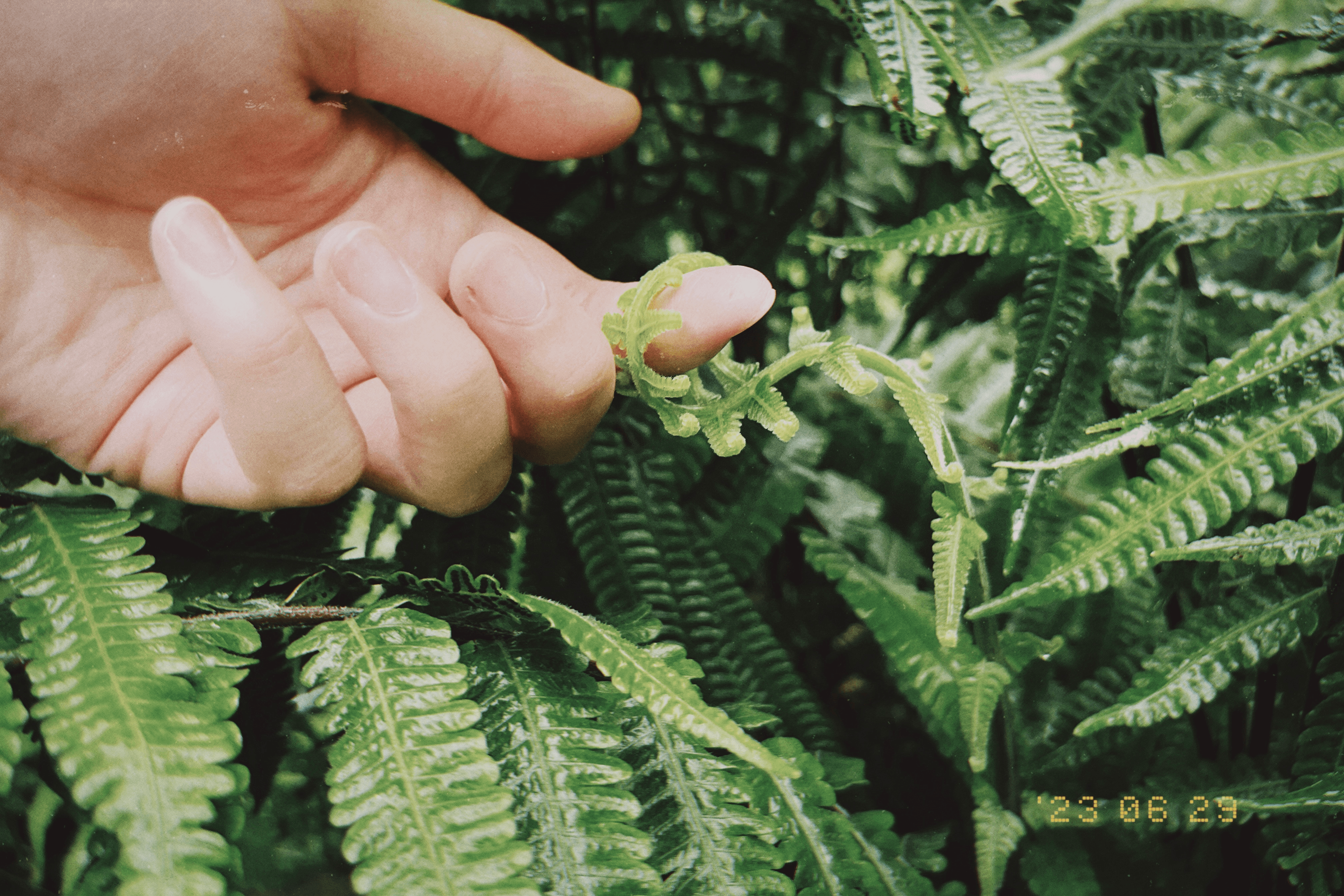
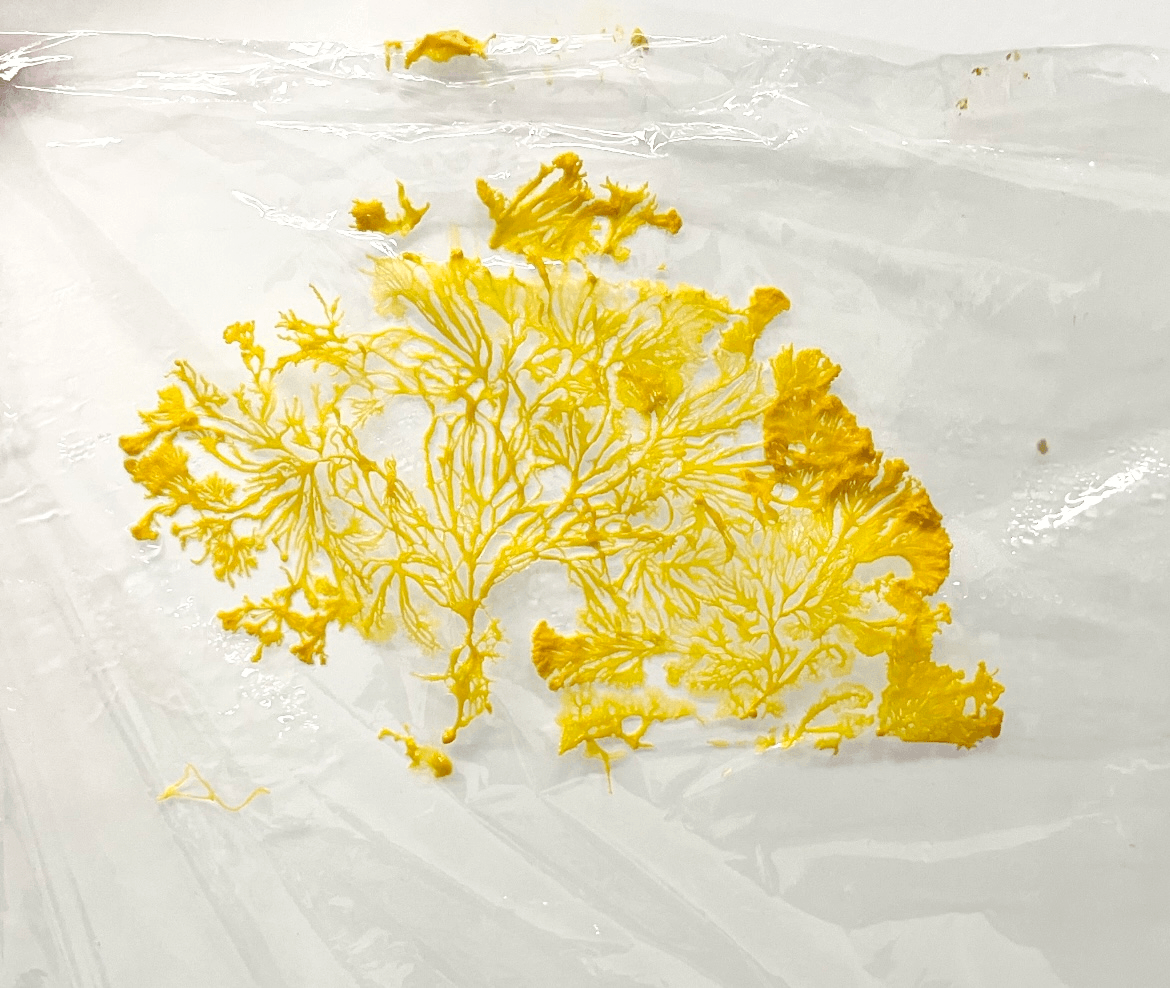
Who else deserves some credit and recognition?
In Eastern cultures, I am greatly inspired by Junichiro Tanizaki’s aesthetics of shadows and Hiroshi Sugimoto’s study of the nature of things. Tadao Ando and Ryuichi Sakamoto, on the other hand, changed my understanding of light and sound respectively. All of them are very important in the transcendental and spiritual aspects of my work.
As for the Western, I’m influenced by Félix Guattari’s theory of ‘ecosophy’, Bergson’s notions of space-time, as well as Merleau-Ponty’s phenomenology of perception. All of their theories are transformed to my research of biochemistry and geoarchaeology. Maurice Blanchot’s novel The Last Man has also in a sense shaped the way I make art today.
Website: https://vimeo.com/user108886511
Instagram: https://an1i.en
